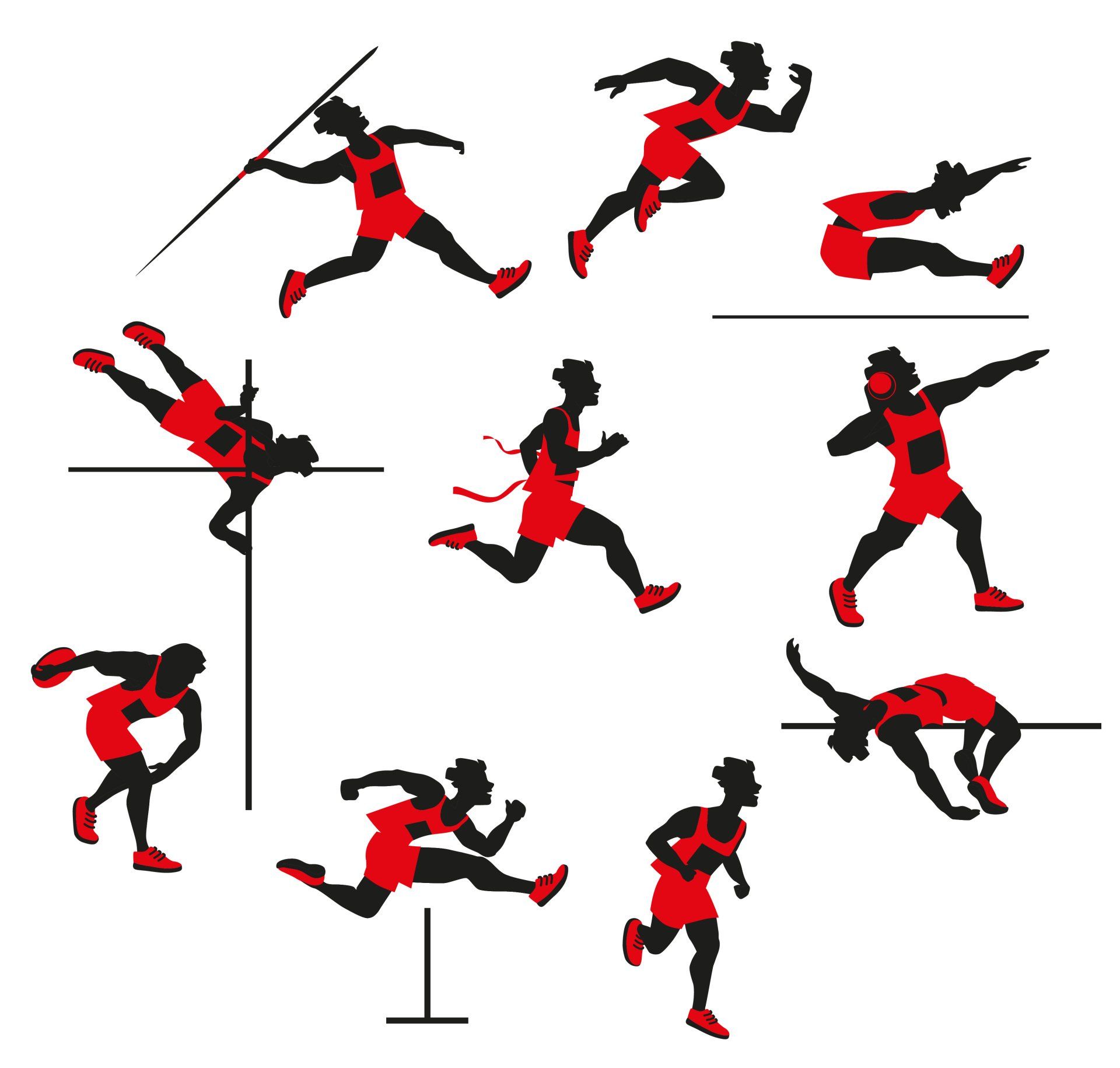
Six Strategies for Leading in Complex Times
By: Wendy Wilson
As our business contexts become more complex, common leadership approaches that once worked well and helped us achieve our desired results may fail us.
Our traditional approaches to leadership need to evolve to keep up with our VUCA (Volatile, Uncertain, Complex and Ambiguous) environment. VUCA, an acronym first used over 20 years ago, has roots in the military, education and strategic leadership - and it increasingly reflects our current business environment.
Essentially, if our leadership capability is not keeping pace with the changing complexity of our environment, it is falling behind.
Being able to identify complexity, getting comfortable with it, and learning some strategies to effectively lead in complex contexts is essential for leaders today.
Complex vs. Complicated
Leaders need to understand the context in which they are operating to respond effectively and make appropriate decisions, including the difference between complicated and complex domains.
Complexity is increasing prevalent in the business world, and yet the complicated domain is where many leaders grew up and learned their current leadership approaches.
According to the cynefin framework by Snowden and Boone, complicated contexts are like building a rocket ship. There is at least one way to do it, and probably many ways. There’s a clear relationship between cause and effect and many known variables. The process may require great expertise, investigating several options and complicated analysis. Leaders have to sense, analyze and respond.
Complex contexts are like transforming a culture. There is no right answer. You may find some helpful patterns if you conduct safe to fail experiments, but you are in the realm of unknown variables. Leaders in this context allow the way forward to reveal itself. They have to probe first, then sense, and then respond.
6 Strategies for Leading in Complexity
Complex domains require different approaches to leadership. Below are six strategies for leading in complexity, originating from some of the experts in the field – Bob Johansen, Jennifer Garvey-Berger and David B. Peterson.
- Embrace Complexity. The challenge is to get comfortable being uncomfortable and embrace complexity and paradox. You want to adapt to constant disruption and build your muscle for taking the unexpected in stride. A leader’s real work is in the complex domain, that’s where they are needed most. It may be time to delegate the complicated, so you can lean into the complex.
- Hold an Experimental Mindset. Experimenting will serve you in complexity, where there are no right answers. Experimenting with different approaches and watching for patterns to emerge can help determine solutions and a path forward. If you try to overcontrol people and processes, you may miss opportunities for innovation and new business.
- Zoom In/Zoom Out. Stepping back to explore the big picture from a systemic perspective is key. Examining pros and cons and predicting consequences now and at various points in the future, is key. Explore your options from many angles and get a view to the direction in which things are moving.
- Solicit Divergent Perspectives. Ask for input from a cross-section of people that will likely have differing insights and opinions. More than ever leaders need a multitude of perspectives to consider.
- Be Decisive - and ready to adapt. Be decisive about the direction you’re heading in - and flexible on the specifics of getting there. Being ready to adapt as things change is essential in complex contexts.
- Offer realistic hope. Leaders need to emit and sustain positive energy and resilience under pressure. Connecting with their team and acknowledging their emotions and challenges is essential. When they can do that, they can offer hope to others, which is key in a VUCA world.
Bob Johansen in The New Leadership Literacies offers, “The future will reward clarity, but it will punish certainty. So, leaders need to be extremely clear. They need to develop their own clarity and their own ability to express that clarity in a compelling way. But they also need to moderate their certainty.”
Leaders need to build their muscle and comfort leading in greater complexity. They must understand the context they’re working in and adapt their leadership approach appropriately, offering realistic hope to those they lead along the way.



